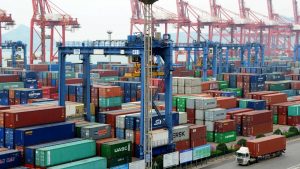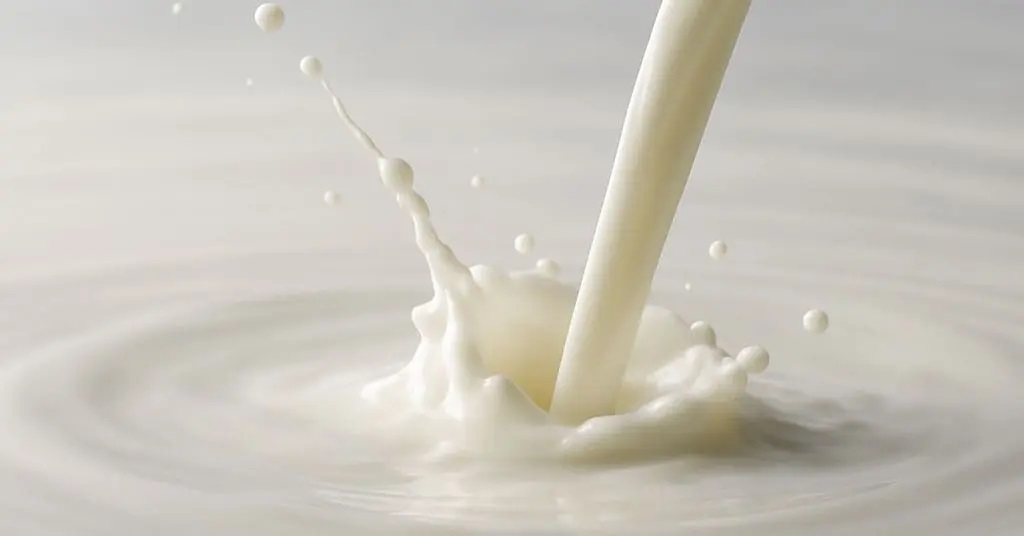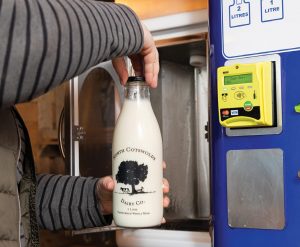
Consensus is that extra 10% tax on Kiwi imports is better than feared, worse than hoped for.
Some of New Zealand’s $1.2 billion in dairy exports to the United States could face a nearly 30% tariff after US President Donald Trump imposed a blanket 10% tariff on imports of NZ goods from this weekend.
Trump this week announced details of his long-anticipated import tariffs, with Australia, the United Kingdom, Argentina and Brazil also facing a 10% rate. The European Union faces 20%.
The Dairy Companies Association of NZ (DCANZ) understands the new rates are in addition to current tariffs on dairy imports.
“For example, in a 2023 report, Sense Partners calculated the average tariff that the US applies on dairy products as 19.6%.”
Economists, sector leaders and politicians have assessed Trump’s imposition of tariffs from this weekend as worse than hoped for, but better than feared.
The US is our second largest primary sector export market with growth of 16% in 2023.
Meat exports grew 15% to $2.2bn, dairy was worth $1.2bn and it is our largest wine market, worth $797m.
Trade Minister Todd McClay said on Thursday the imposition of tariffs will disrupt global trade and increase prices, but could have been worse.
“We are no worse off than many other countries in the world with a tariff rate of 10% while others face 40% and 50%.”
Discussions with exporters following Trump’s announcement reveals they still see opportunity in the market.
Trump claimed NZ imposes a 20% monetary or non-tariff barrier on US imports to NZ, but how that was calculated is unclear.
Sense Partners economist John Ballingall believes that could be derived from the US’s current 20% trade deficit with NZ.
McClay said officials are trying to determine how the figure was reached, saying the average NZ tariff on US goods is 1.8%.
“We don’t have a 20% tariff rate.”
He said the NZ government will follow Australia and not impose retaliatory tariffs, as that would only raise prices for consumers.
DCANZ said it is working with the government to assess the impact.
“How other US trading partners respond will also be relevant to how the dairy market [is affected].”
Meat Industry Association chief executive Sirma Karapeeva said there is a fear the tariffs could distort global trade as exporters re-direct beef to markets where NZ also operates.
She said the US beef herd is at historically low levels and beef consumption is at record levels, so NZ exporters still expect high demand from the US despite the tariffs.
Rabobank economist Ben Picton said other than pushing up prices, the impact on global trade is not as bad as feared.
“In a relative sense it is not such a bad result but we are certainly less competitive today than we were yesterday.”
He said NZ wine exporters face bigger headwinds as tariffs will make them less competitive with US product.
Babich Wines chief executive David Babich said despite being a significant cost, it can be managed, noting Europe has a 20% rate.
“We had very little expectation that it would be zero, but concern that it could be 25% so, while it is certainly bad news, it is more manageable than anything higher.”
Infometrics principal economist Brad Olsen said it’s clear NZ was not directly targeted but NZ and US trade is a big enough relationship that it will matter.
The biggest worry for NZ is the risk of wider economic challenges such as China, which has a blanket 34% rate, growing more slowly because it is unable to produce or export as much.
“If all these countries are doing the same, if there’s retaliation to these tariffs then you’ll likely see lower-trend economic growth.”
For NZ exporters that ripple effect makes it more difficult, he said.
“The direct impact on the NZ economy is limited. It’s certainly not good, it’s the indirect, the second round effect of wider economic growth slowdown that I’m worried about.”
Olsen said oil prices dropped following the announcement, which suggests that market is now expecting lower economic growth.
“It really highlights we are in a much more precarious trading position.
“We are in a trading nation. That whole environment is more difficult now.”
Tractor and Machinery Association president Jaiden Drought said overall there is not huge concern.
“The bulk of machinery that comes into NZ comes from Europe or is locally made.”
There will be some flow-on effects such as freight forwarding costs.
You can now read the most important #news on #eDairyNews #Whatsapp channels!!!
🇺🇸 eDairy News INGLÊS: https://whatsapp.com/channel/0029VaKsjzGDTkJyIN6hcP1K

























